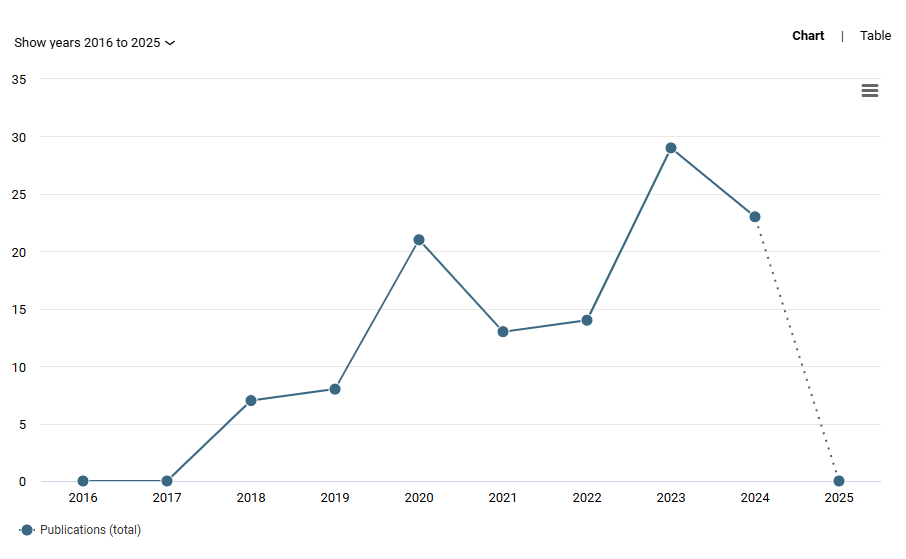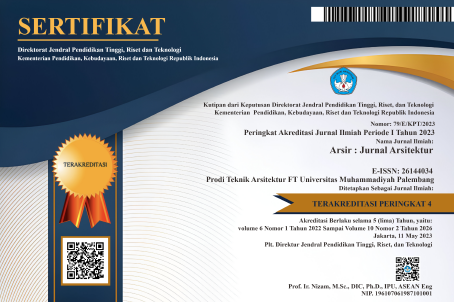Evaluating Thermal Comfort in Tropical Environments: A Parametric Study of Hypothetical Urban Morphology in Jakarta
DOI:
https://doi.org/10.32502/arsir.v8i2.150Keywords:
Morphology, Thermal, Density, UTCI, LadybugAbstract
The significant growth of cities worldwide led to more than half of the global population residing in urban areas, with urbanization projected to have reached 68% by 2050. However, this growth also brought negative impacts on urban environments, one of which was the Urban Heat Island (UHI) effect, where urban areas with dense buildings experienced higher temperatures than their suburban counterparts. Urban morphology, which focused on the formation and transformation of urban areas, served as a crucial indicator for urban planning, information management, and urban climate applications. The increased urban air temperatures significantly influenced the outdoor thermal comfort (OTC) of urban residents. This study aimed to establish a relationship between urban morphology and outdoor thermal comfort in tropical climates using the Universal Thermal Climate Index (UTCI) to assess thermal comfort. The research findings indicate that larger Building Site Coverage leads to lower UTCI values, suggesting improved thermal comfort. Conversely, smaller building site coverage results in higher UTCI values, indicating less favorable thermal comfort. Simulation analysis of Outdoor Thermal Comfort reveals a distribution of cooler thermal conditions between buildings on the east and west sides, while the north and south sides experience warmer thermal conditions.
Downloads
Published
How to Cite
Issue
Section
License
Copyright (c) 2024 Gede Krishna Bhakta, Nedyomukti Imam Syafii

This work is licensed under a Creative Commons Attribution-ShareAlike 4.0 International License.
Arsir: Jurnal Arsitektur (AJA) have CC-BY-SA or an equivalent license as the optimal license for the publication, distribution, use, and reuse of scholarly work.
Authors who publish Arsir: Jurnal Arsitektur (AJA) agree to the following terms: Authors retain copyright and grant the Arsir: Jurnal Arsitektur (AJA) right of first publication with the work simultaneously licensed under a Creative Commons Attribution License (CC BY-SA 4.0) that allows others to share (copy and redistribute the material in any medium or format) and adapt (remix, transform, and build upon the material) the work for any purpose, even commercially, with an acknowledgement of the work's authorship and initial publication in Arsir: Jurnal Arsitektur (AJA). Authors are able to enter into separate, additional contractual arrangements for the non-exclusive distribution of the journal's published version of the work (e.g., post it to an institutional repository or publish it in a book), with an acknowledgement of its initial publication in Arsir: Jurnal Arsitektur (AJA). Authors are permitted and encouraged to post their work online (e.g., in institutional repositories or on their website) prior to and during the submission process, as it can lead to productive exchanges as well as earlier and greater citation of published work (see The Effect of Open Access).
![]()
Work is distributed below This work is licensed under a Creative Commons Attribution-ShareAlike 4.0 International License.










